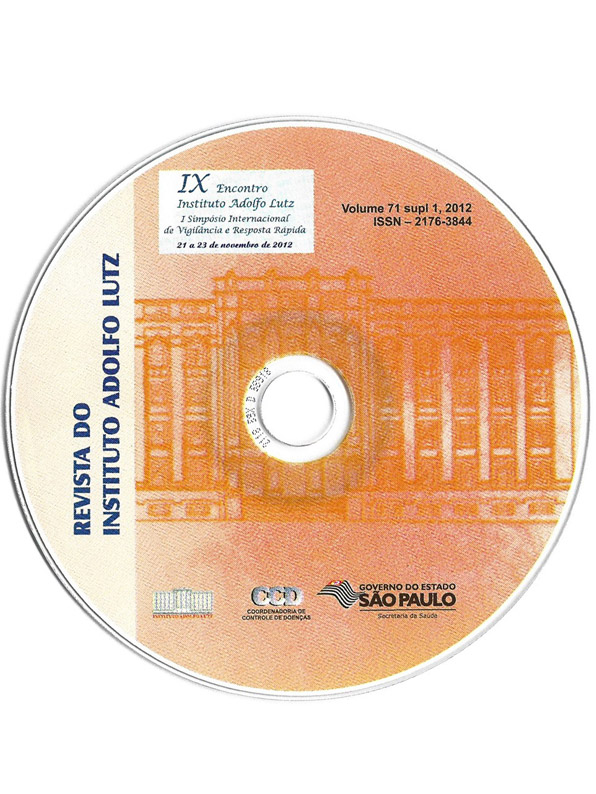Resumo
Leptospirosis is a bacterial zoonosis disease that is re emerging as a public health problem worldwide. Microscopic agglutination test (MAT) and cross agglutinin absorption test (CAAT) are used to identify the isolates. However, these techniques are laborious and time-consuming requiring the maintenance of acollection of live leptospires from more than 200 reference strains and correspondent rabbit antisera. The purpose of this study was to evaluate the performance of the PFGE method compared to serotyping. Methods: Blood specimens from patients with clinical suspicion of leptospirosis were cultured in Fletcher semisolid medium at 30oC and examined for 12 weeks using a dark field microscope. Fourteen clinical isolates of Leptospira spp. were analysed by MAT before being characterized by PFGE. The restriction enzyme NotI was used to generate PFGE profiles. The isolates were compared with a library of 206 different reference Leptospira serovars. Gel images were captured using a Gel Doc 2000 System. Gel analysis, Dice band-based coefficients, dendrograms and number of fragment differences were performedby BioNumerics. Results: The PFGE profiles were clear with high resolution and the fragments were equally distributed. All the isolates gave distinct patterns by PFGE. MAT and PFGE results were in agreement for all clinical isolates evaluated. Since the patterns obtained for serovars Copenhageni and Icterohaemorrhagiae are very similar, twelve isolates were classified as serovar Copenhageni/Icterohaemorrhagiae. By MAT, these isolates were classified as serogroup Icterohaemorrhagiae with titres ranging from 12,800 to 51,200. Two isolates were classified as serovar Canicola by PFGE, and as serogroup Canicola by MAT with titres of 102,400. Conclusion: PFGE offers the advantages of simple, reliable and reproducible results. With the exception of serovars Icterohaemorrhagiae and Copenhageni, it is possible to determine leptospires at serovar level by using PFGE. These data indicate the utility of PFGE for routine identification of clinical isolates and molecular epidemiology.

Este trabalho está licenciado sob uma licença Creative Commons Attribution 4.0 International License.
Copyright (c) 2012 EC Romero, RM Blanco , RL Galloway
